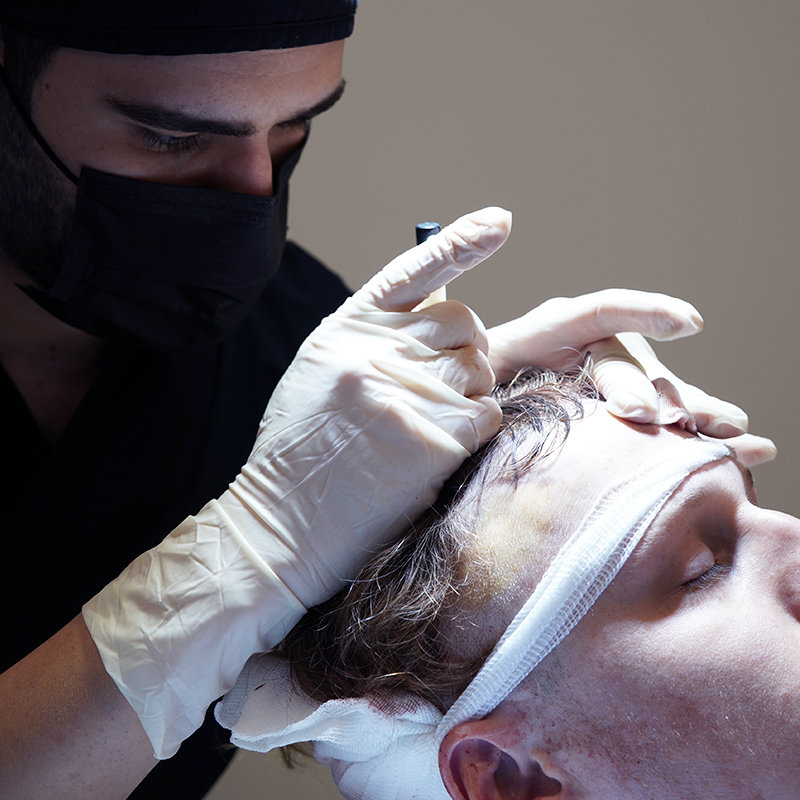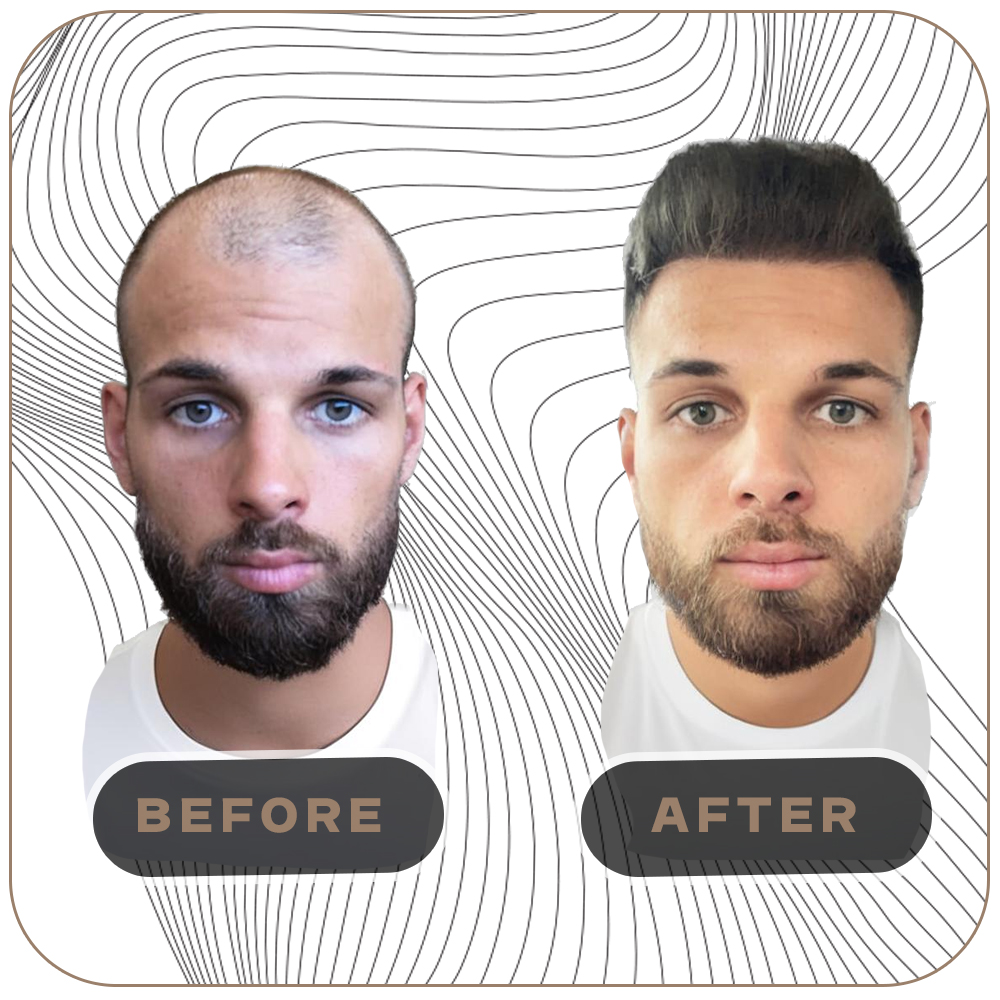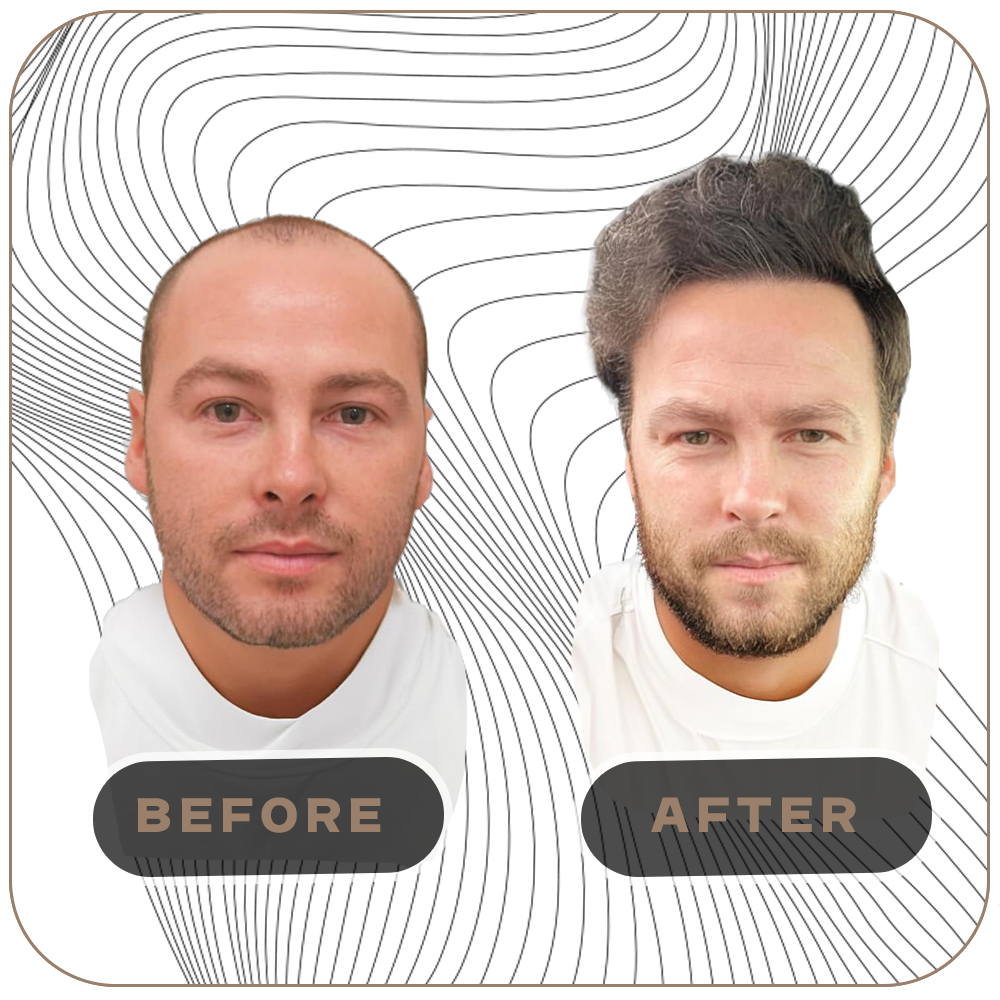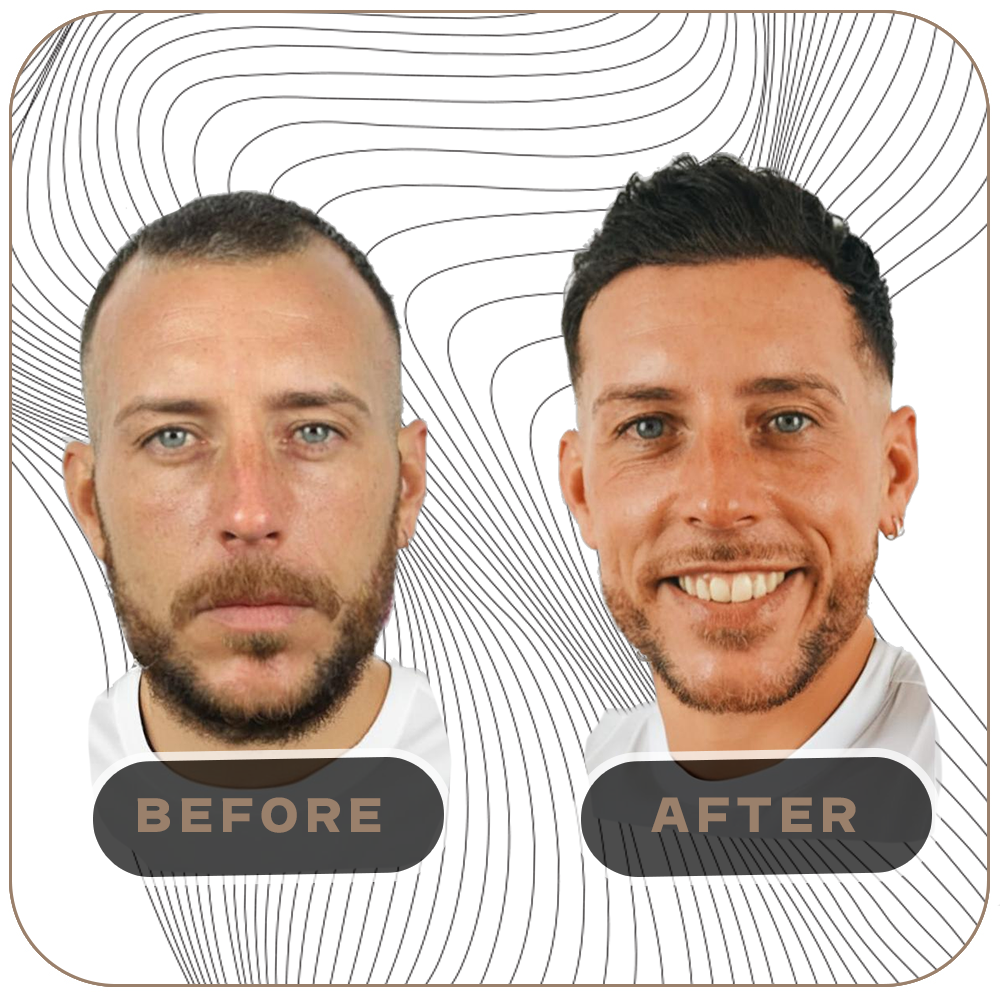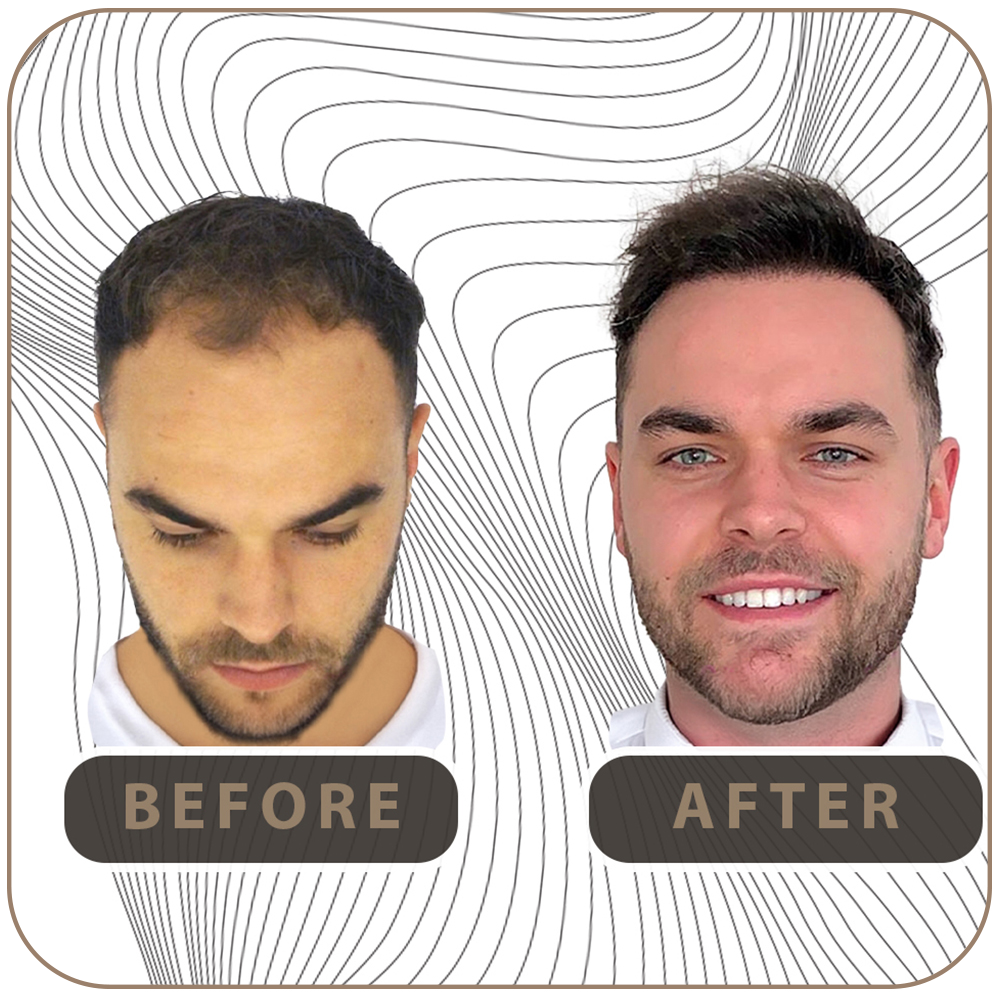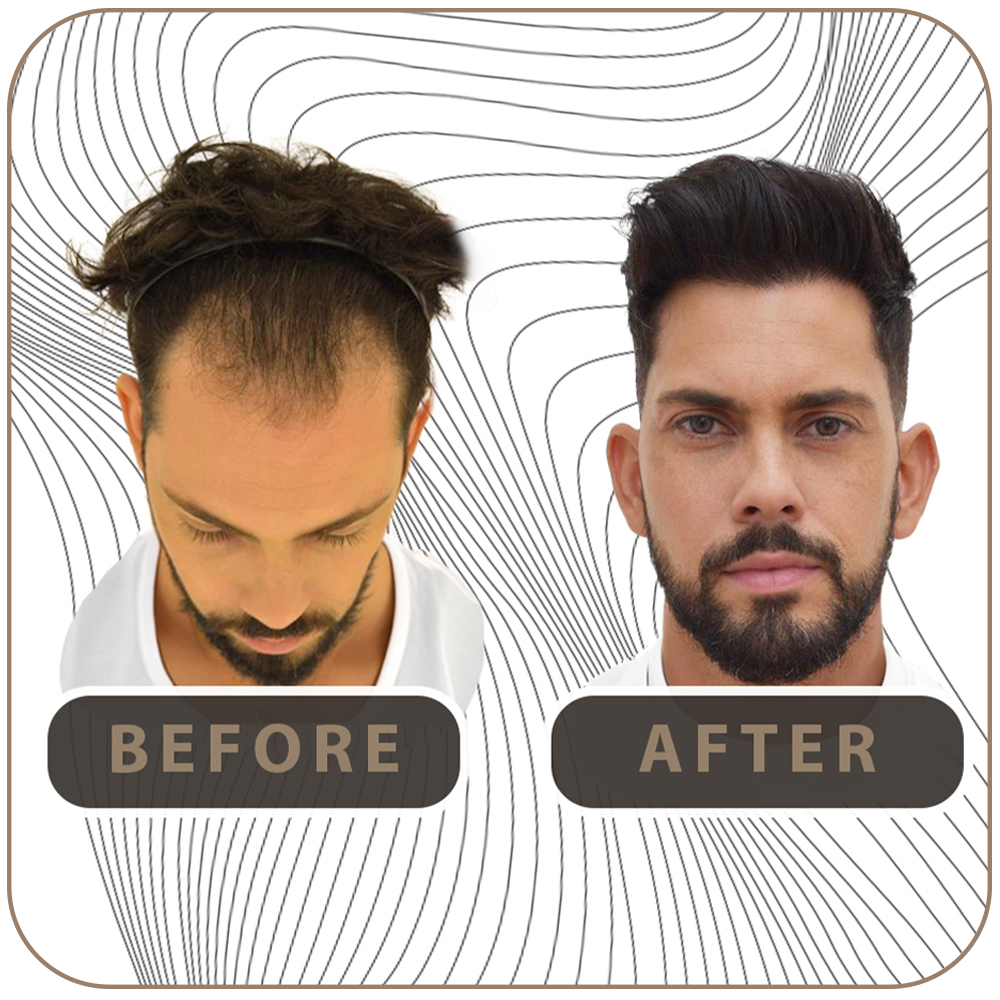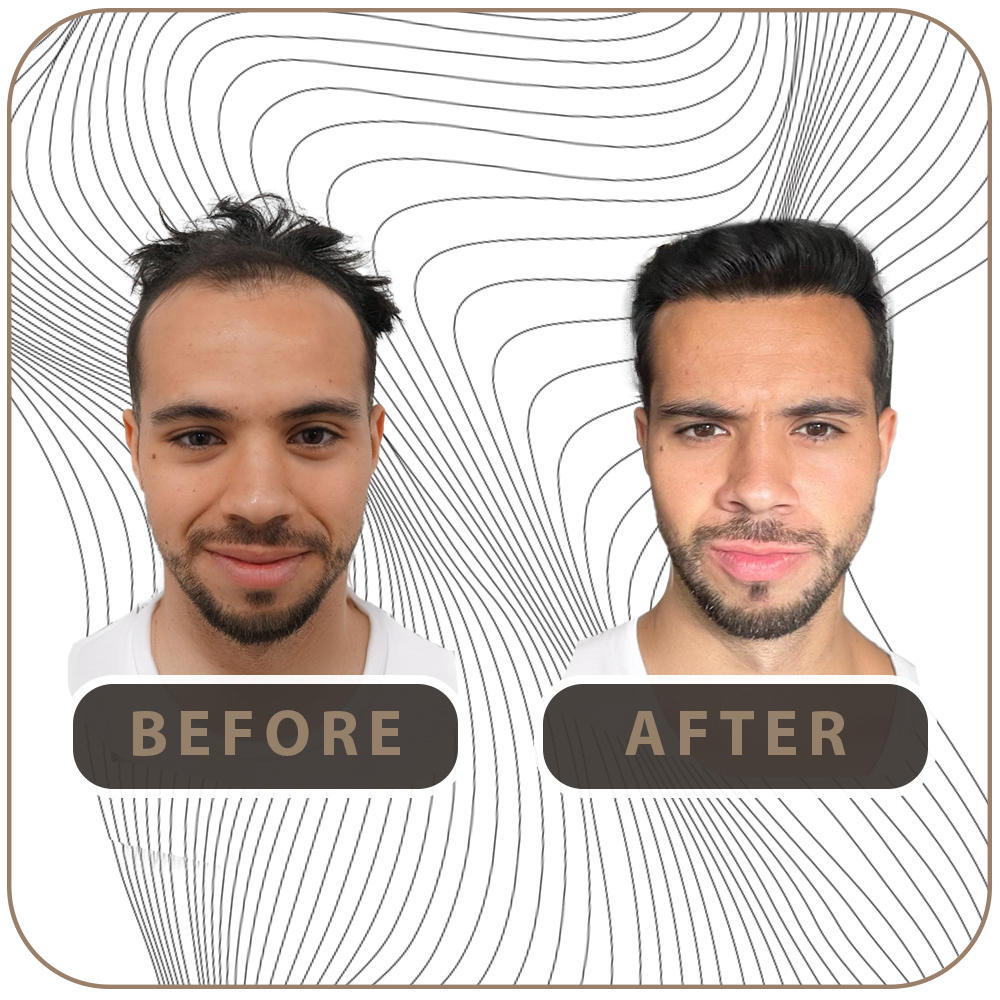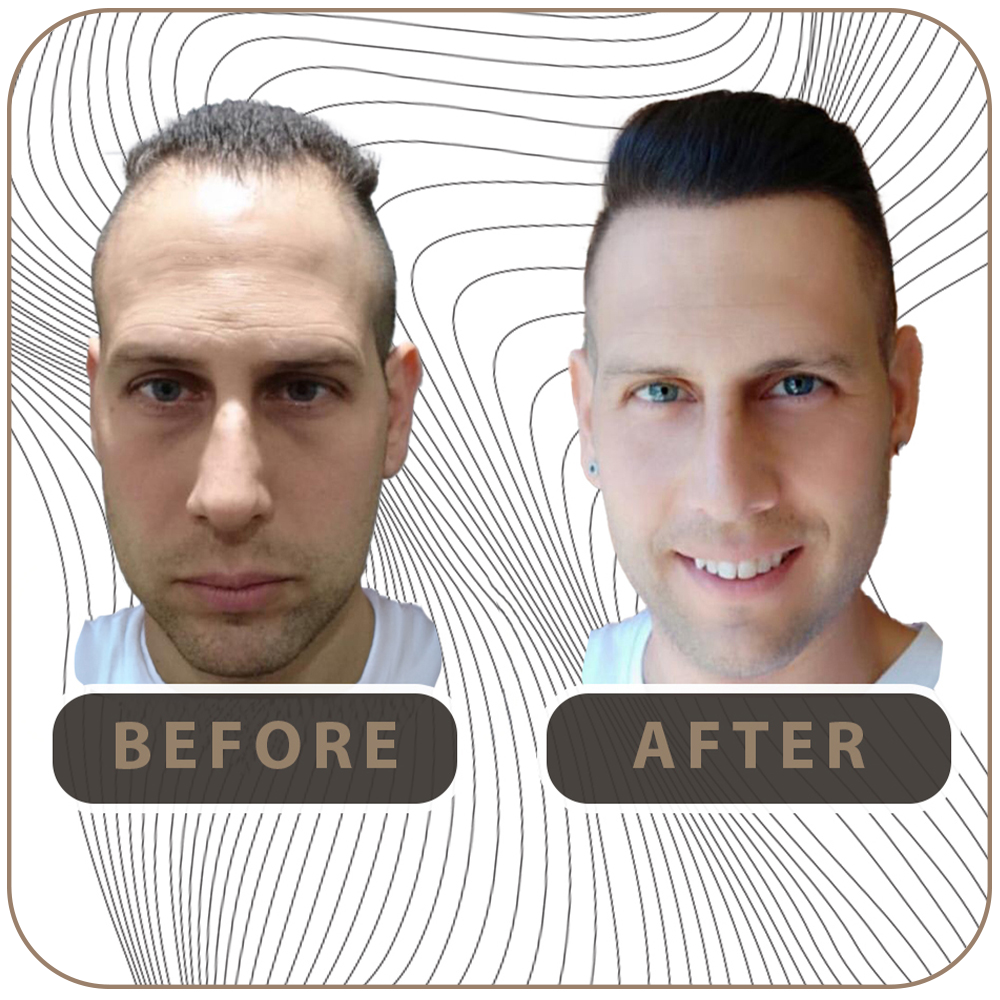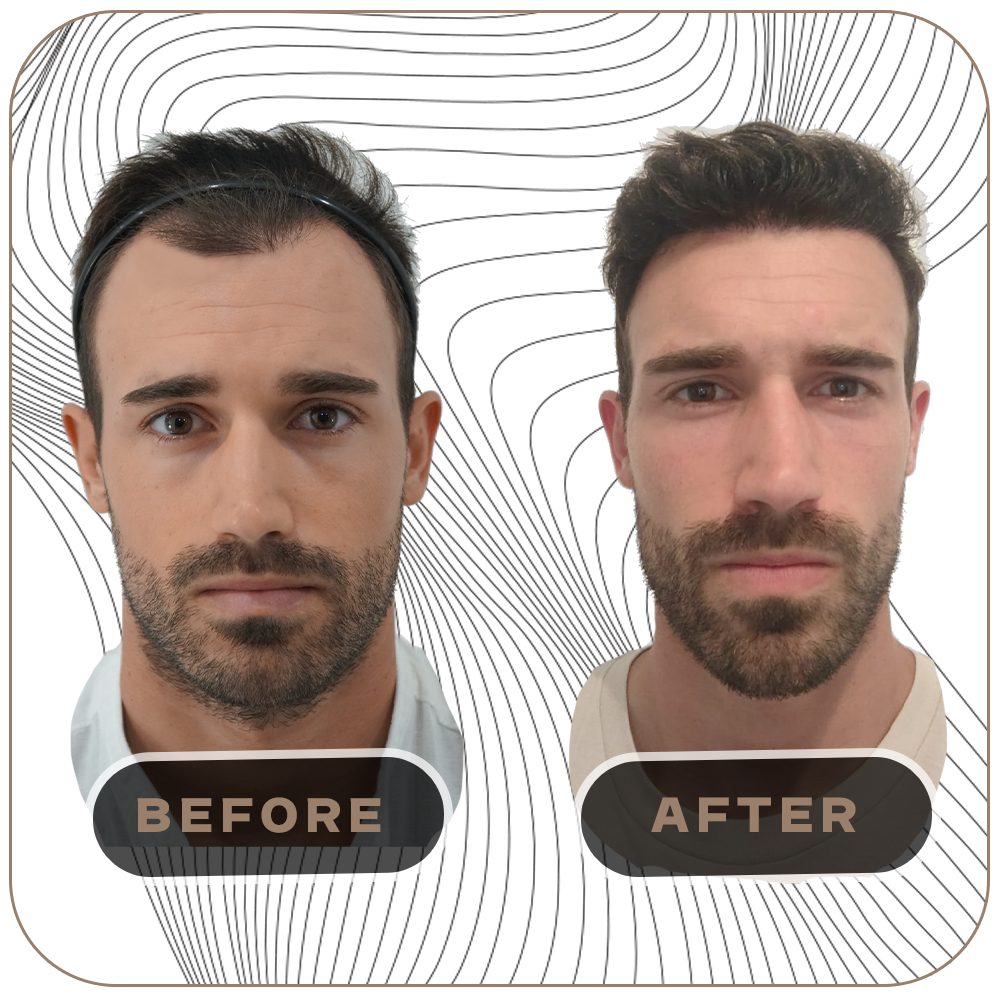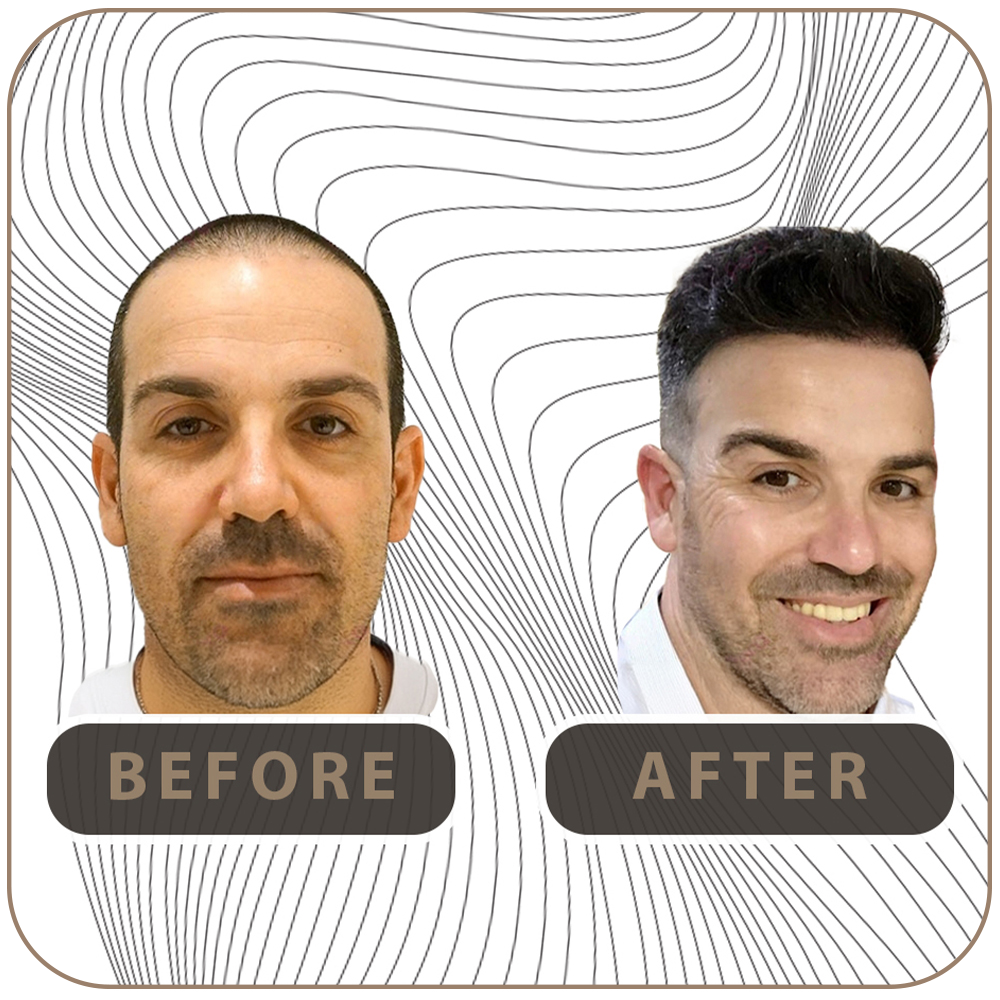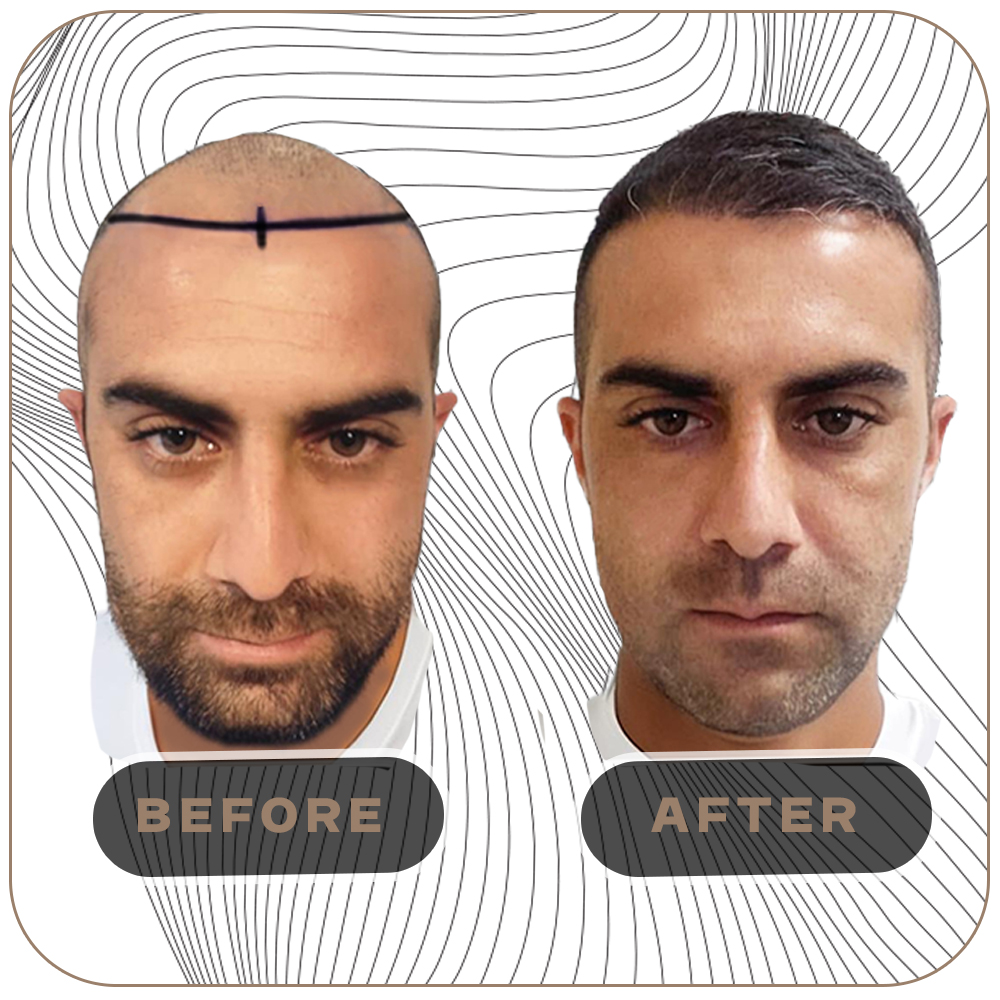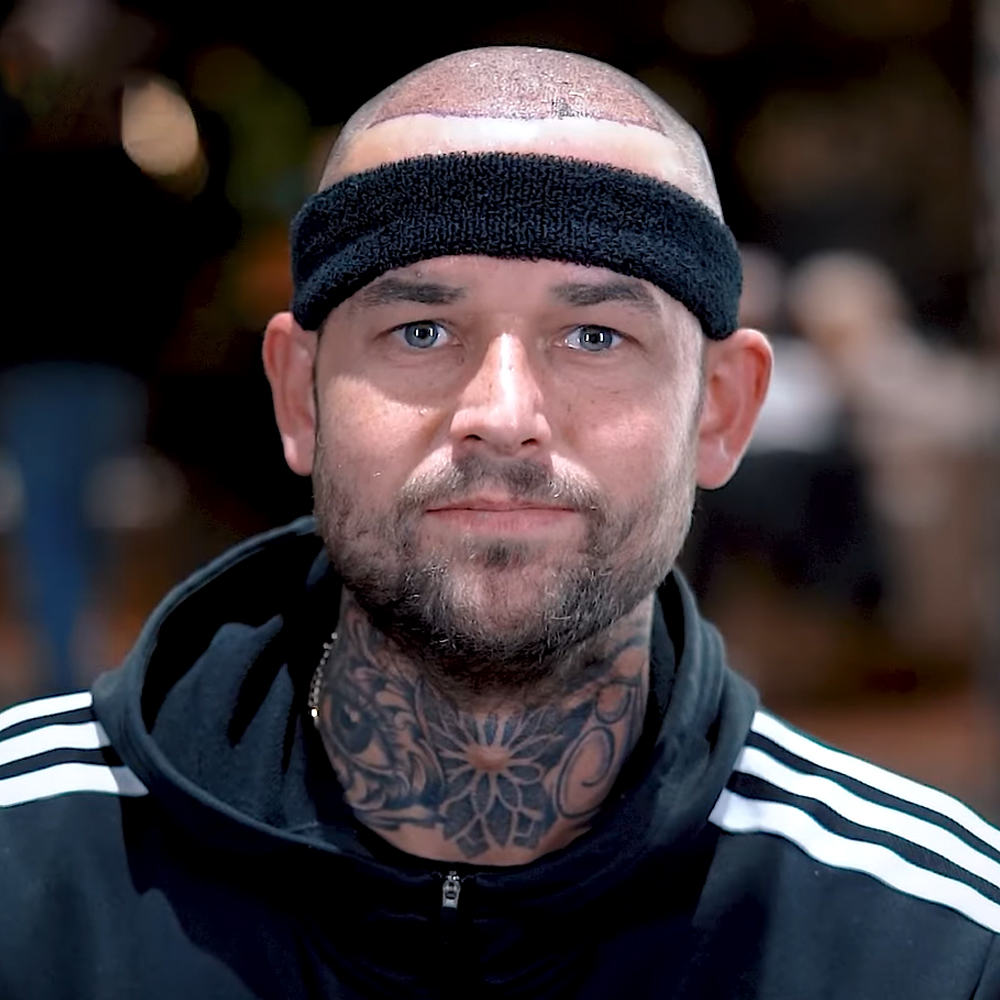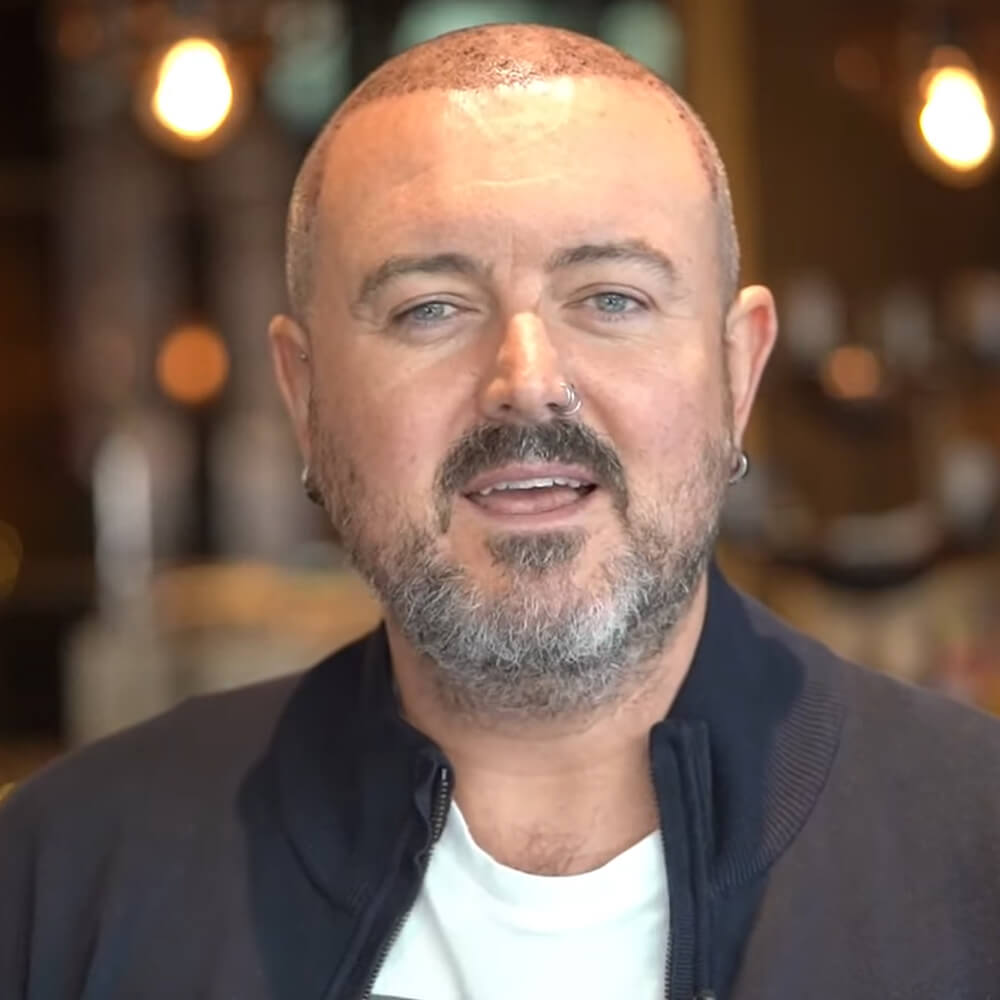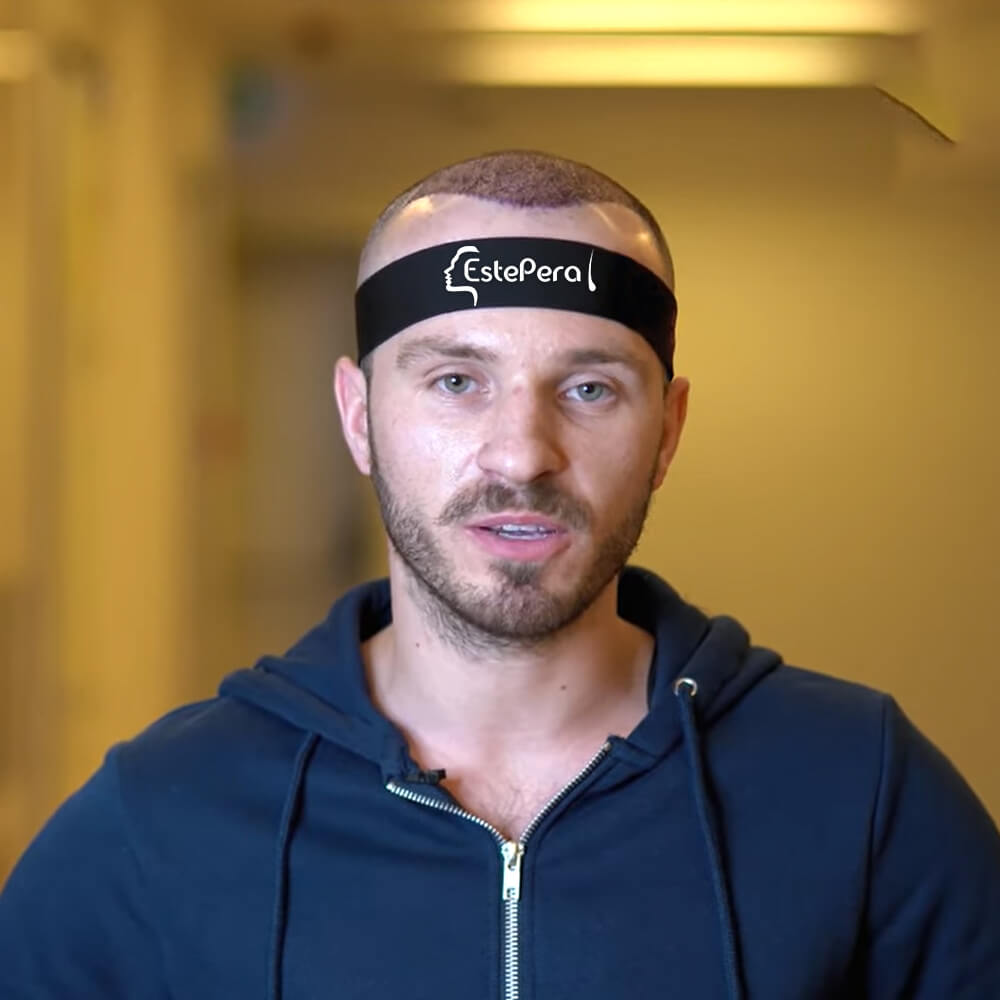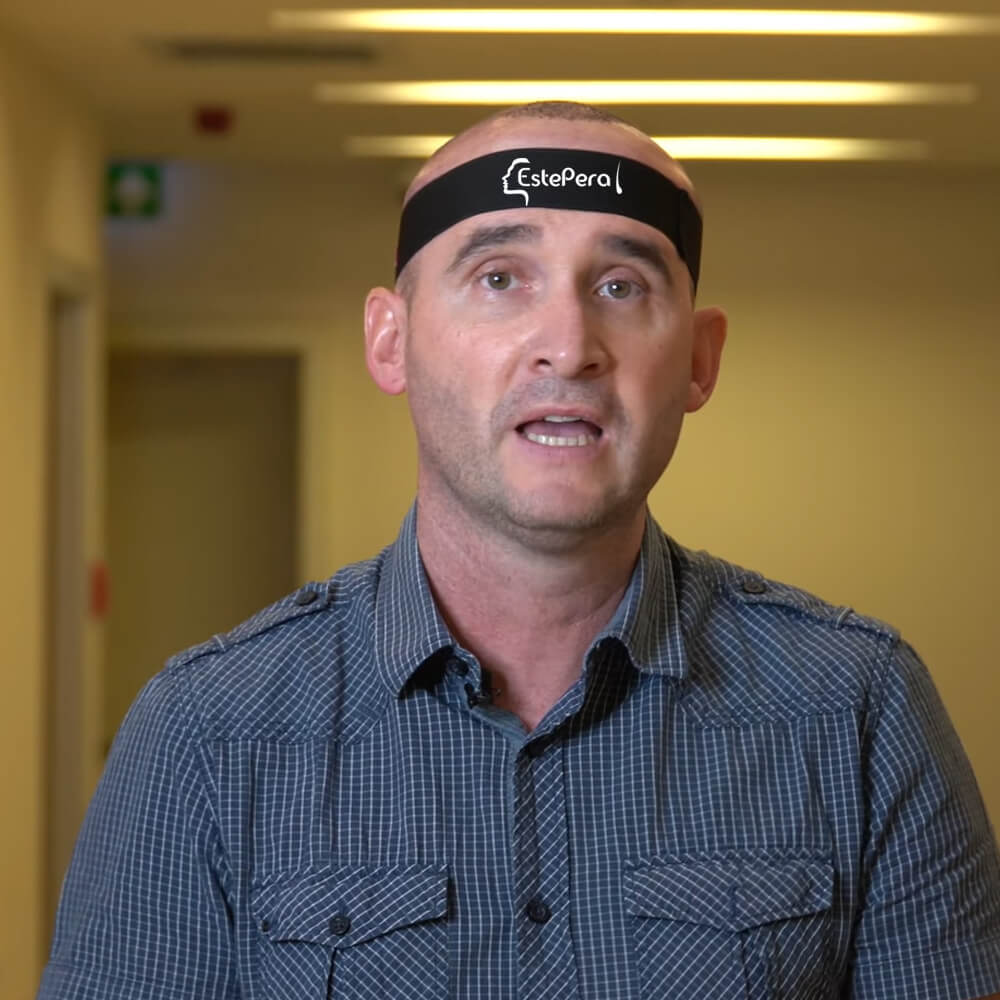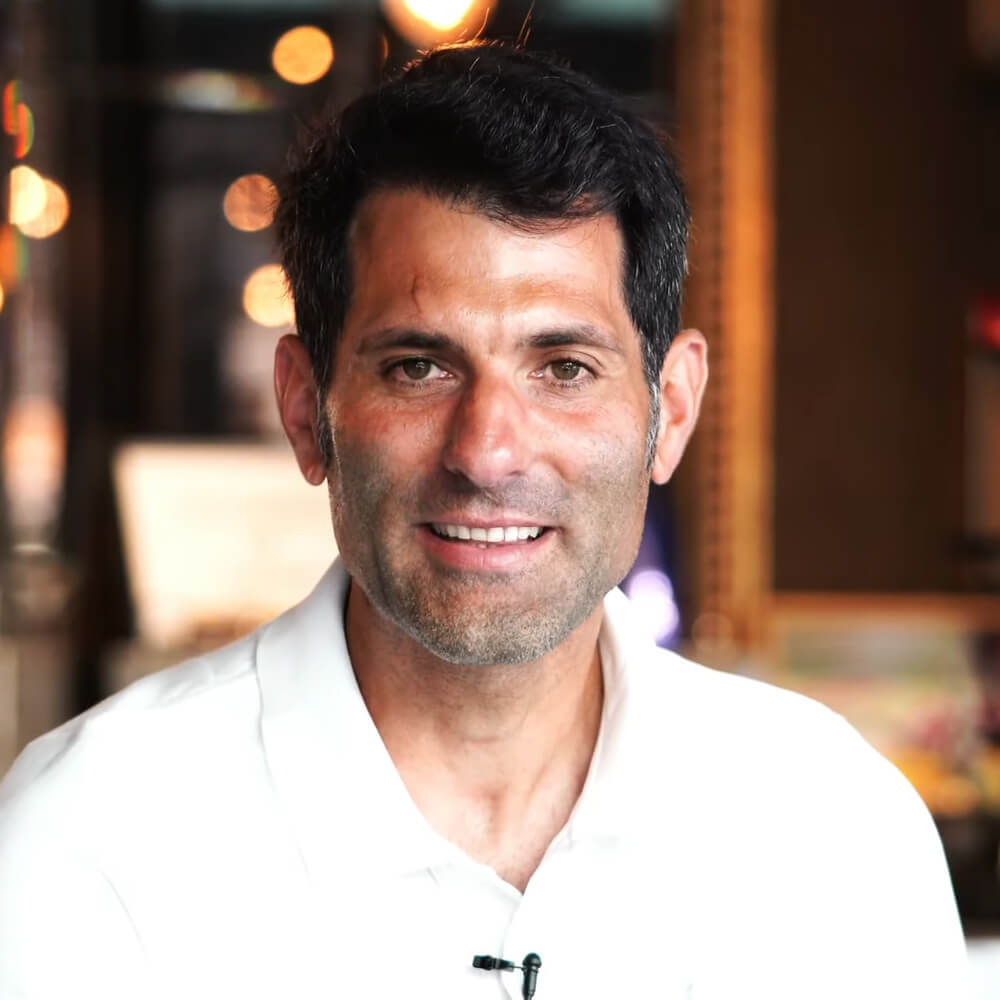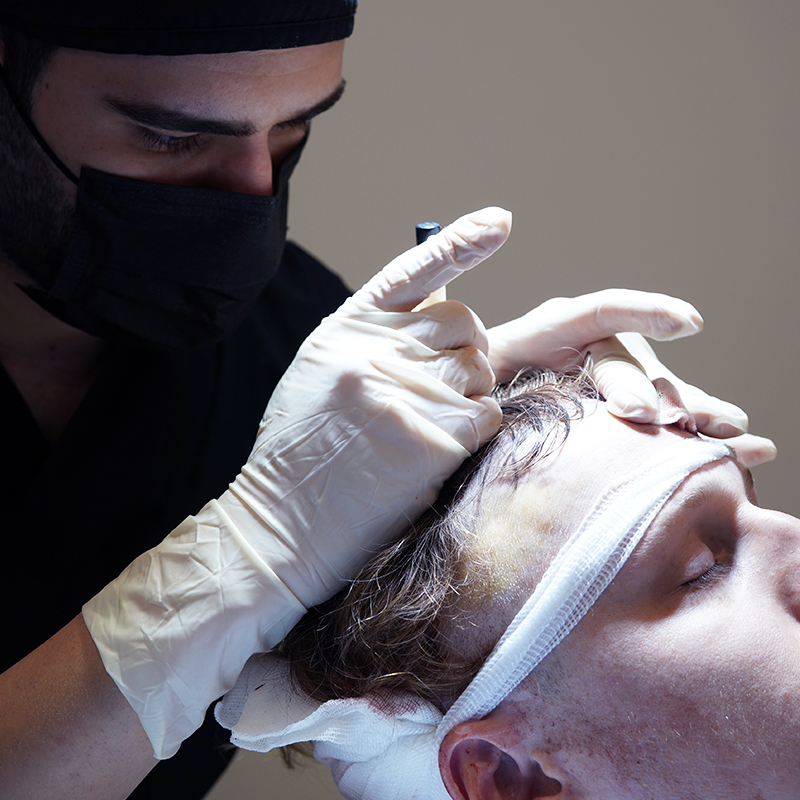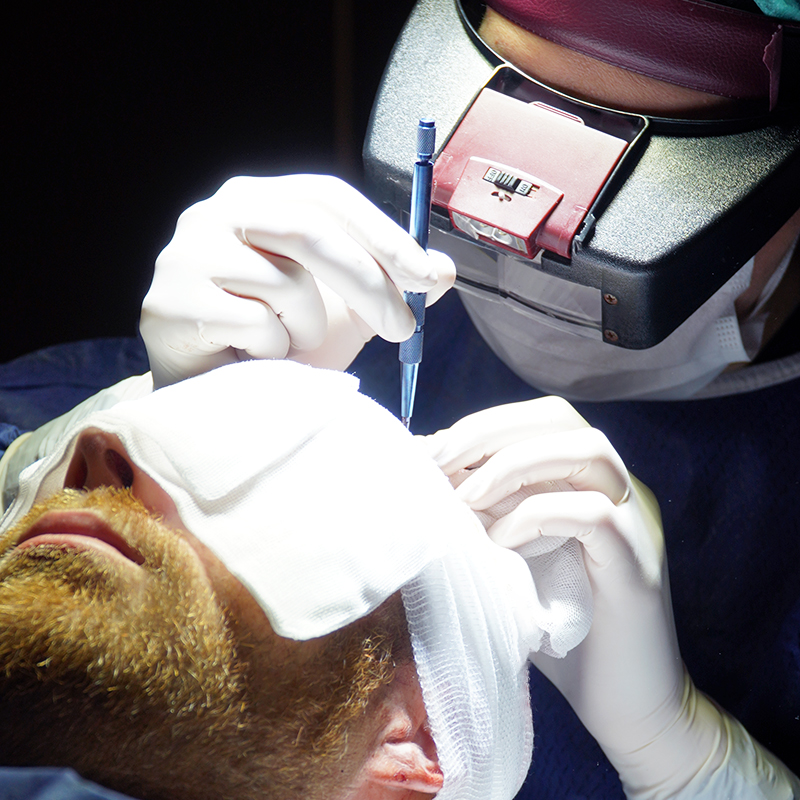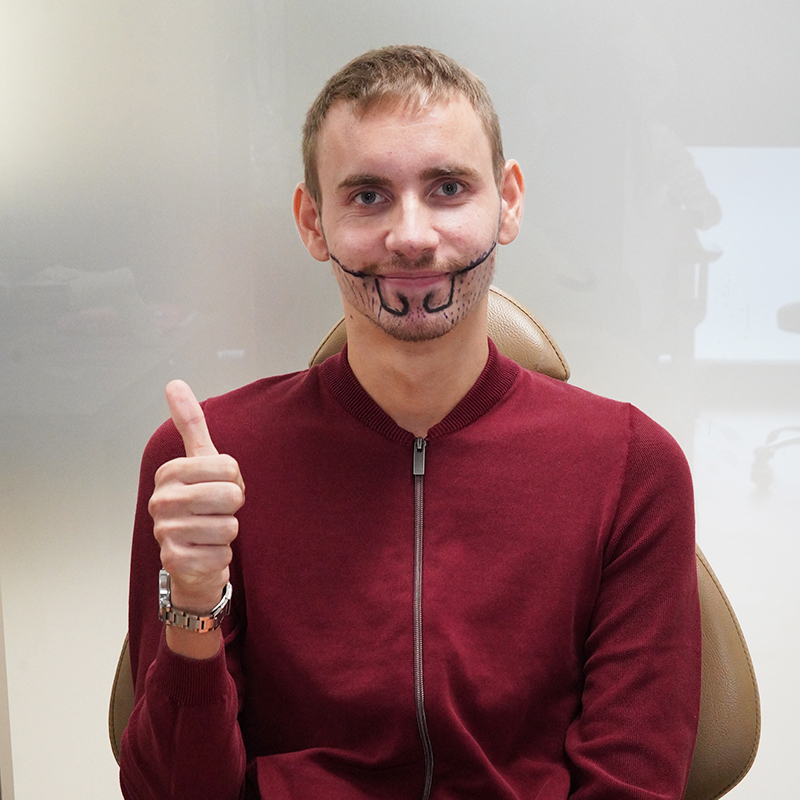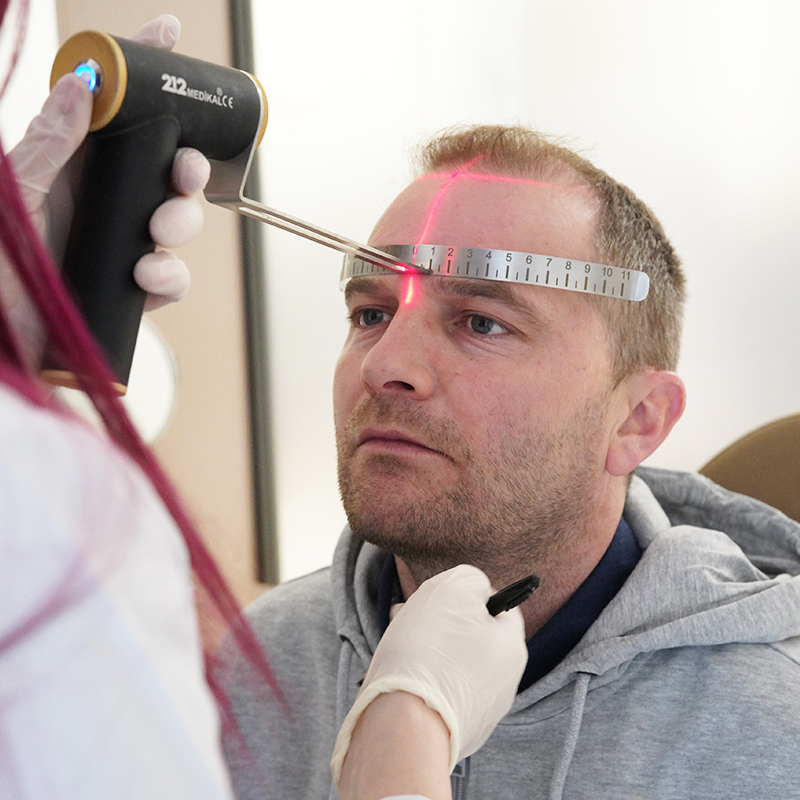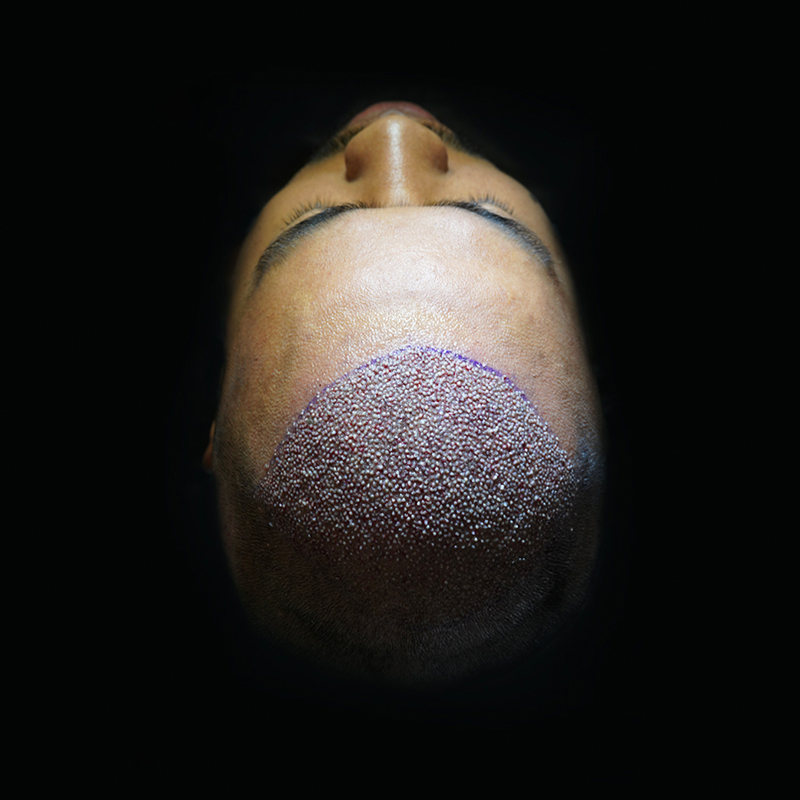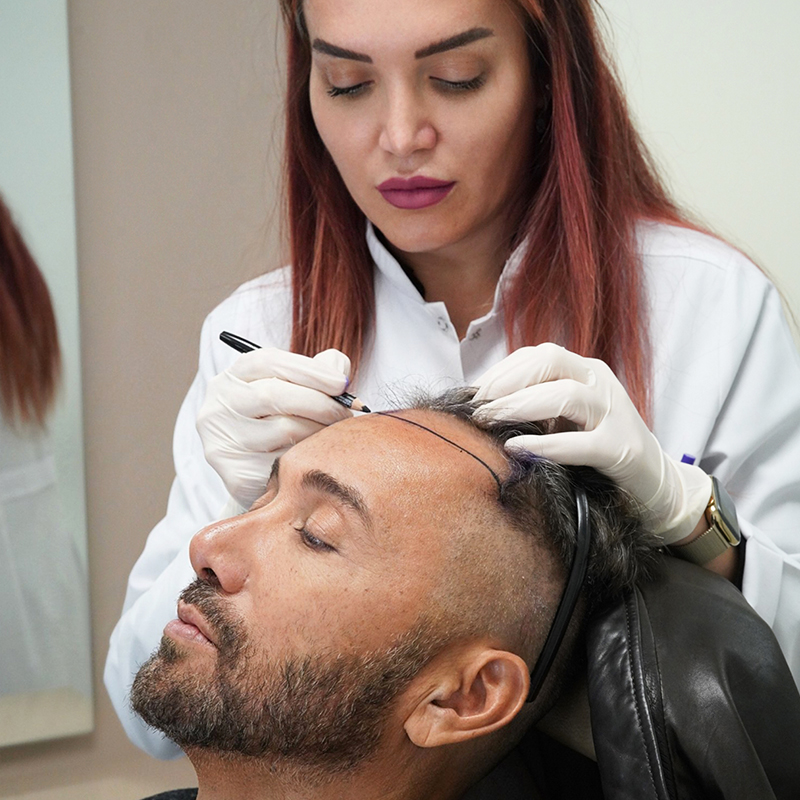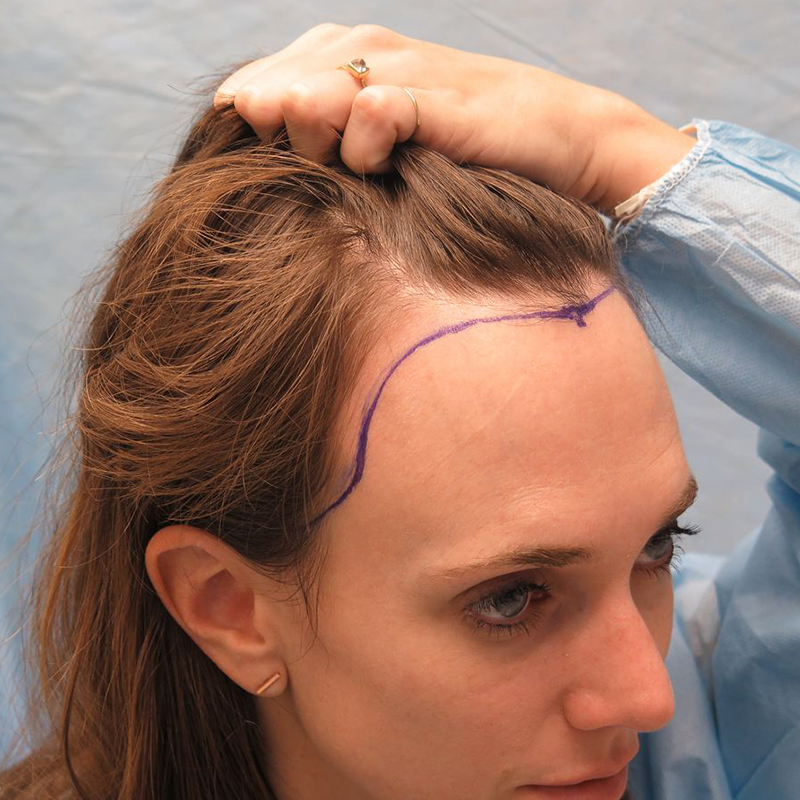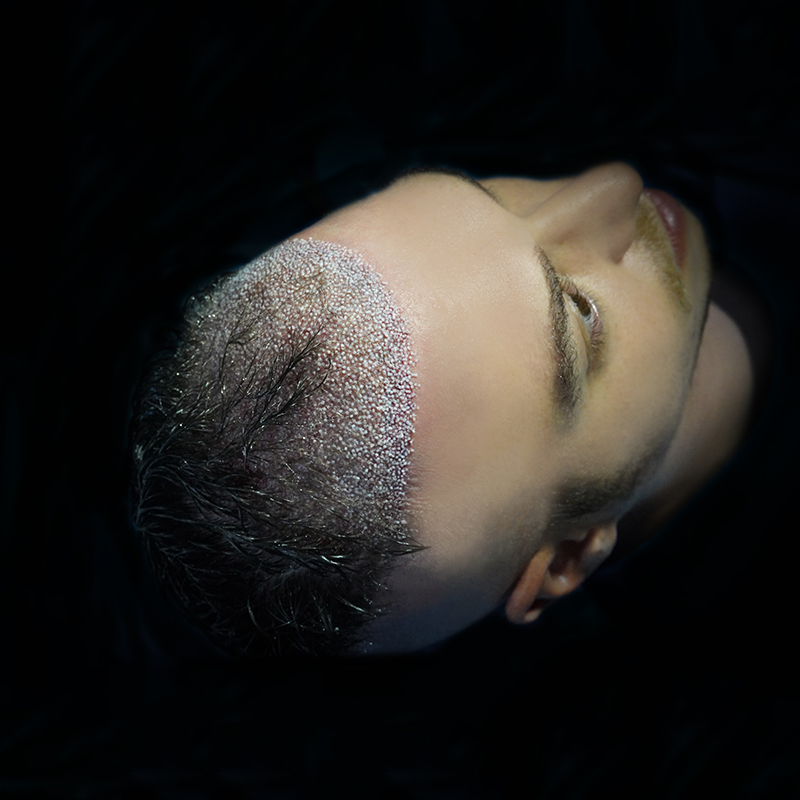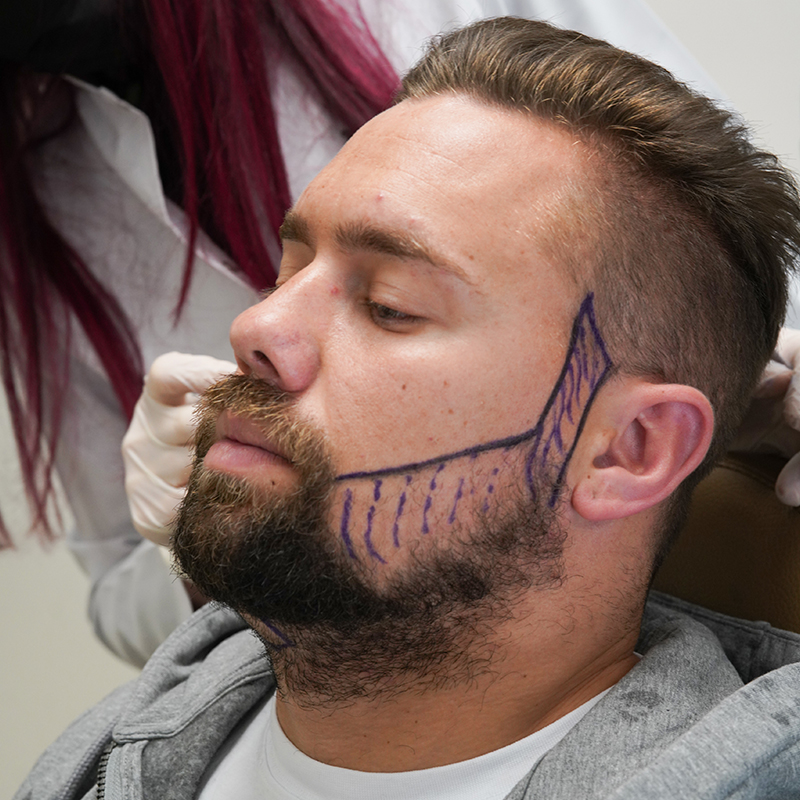Unshaven Hair Transplant Clinic
In Unshaven FUE or Unshaven DHI, there is no need for the patients to shave any part of their scalp prior to the procedure so that they can complete the transplantation process without anyone ever noticing that they had one. It is an extremely exquisite method of hair restoration especially for patients who are in search of a personal experience. Unshaven hair transplant provides the opportunity to have an FUE procedure while preserving the existing hairs at their normal length in both the donor and the recipient sites. Therefore, you have the chance of returning to your daily life with minimal signs of hair transplant surgery.
When undergoing an Unshaven FUE or DHI, only your donor hair follicles will be trimmed while retaining all your other hair at the same length. As a result of this, the trimmed donor hair will be covered by the existing ones, and it will be nearly impossible to distinguish the traces of the transplantation. These undetectable nature of the procedure makes it suitable both for men and women with aesthetic concerns.
Since Unshaven hair transplant is an extremely advanced technique requiring maximum skill and experience, it is executed by a limited number of surgeons worldwide. The ability to extracting follicles with minimum transection and implanting the new grafts without damaging the pre-existing hair cannot be achieved unless the team performing the surgery is the best of the best.
Are You A Candidate for Unshaven Hair Transplant?
The only way to find out if you are a good candidate for a hair restoration procedure is to consult a doctor who is an expert in hair transplant surgeries. First of all, your doctor will execute a physical examination in order to find out if your hair loss is temporary or permanent. There are several tests used for determining the causes of hair loss if the need arises. Once the cause is revealed, you will be evaluated in order to see if you are satisfying various conditions required for hair transplant surgery such as:
- The number of grafts needed for achieving the optimum results
- The number of grafts which can be extracted from the donor area
- Sufficient density of the hair within the donor site
- Patient’s sensitivity to pain
- Overall health and lifestyle
- Patient’s expectations
- Possibility of future hair loss
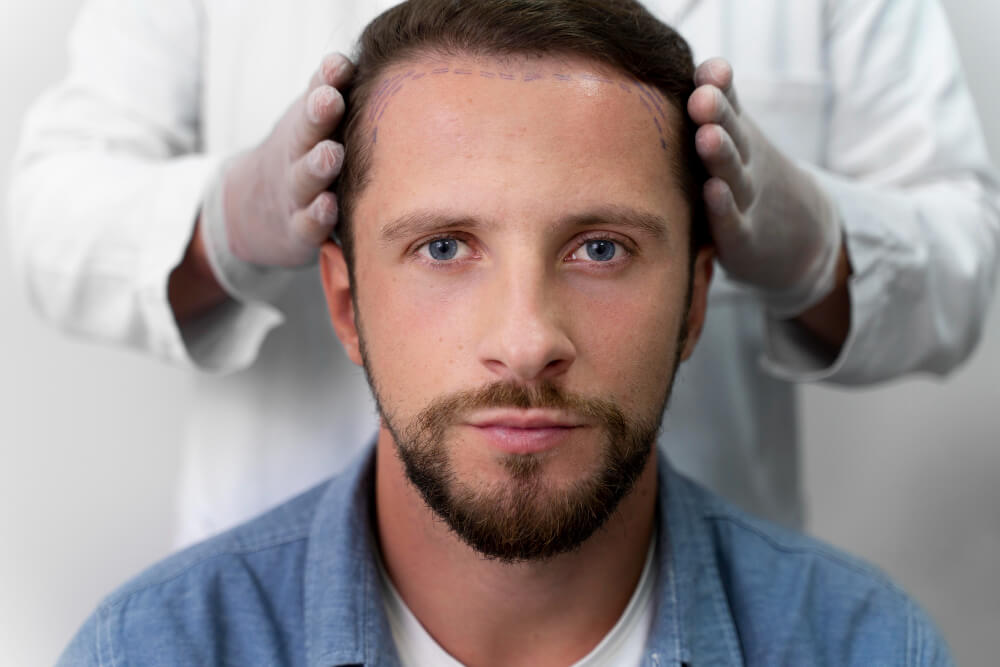
How It Is Applied?
Similar to a standard FUE hair transplant, with the help of a one-millimetre in diameter instruments, such as small punch or forceps, each individual follicular unit is extracted from the donor area at a time. These grafts are maintained in optimal condition, soaked into an isotonic saline solution. Once the extraction procedure has been completed, the small holes at the donor area are left to heal, and as soon as the follicular grafts are ready, razor blades or needles of 1 mm in width and 5–6 mm in length are prepared, for making incisions at the recipient area. In DHI, the incision step is skipped and the hair placement is immediately started with a Choi pen. As for FUE, the hair grafts are strategically implanted in each cut one by one, depending on the number of hairs within each follicle.
During the unshaven FUE and DHI procedures, certain donor follicular units that will be transplanted are carefully selected and trimmed, leaving all other hairs at their normal length. The donor FUE areas will be covered with the patient’s natural hair, and in the recipient area, the non-shaved natural hairs will be useful for concealing the follicular units that were transplanted. As the newly transplanted hairs grow harmonizingly with the existing hairs, the whole area will gain a significantly denser appearance.
The Advantages of Unshaven Hair Transplant
The most prominent benefits and advantages no-shave hair transplant provides are as following:
- As its name suggests, when considering the Unshaven hair transplant, you do not have to worry about shaving your hair as it does not require this kind of preparation. Especially female patients may become anxious about the social impacts of shaving resulting in hesitation about undergoing a hair transplant surgery. Fortunately, Unshaven hair restoration makes an effective operation possible without the necessity of shaving.
- Having one of the shortest recovery periods among the transplantation techniques, Unshaven hair restoration provides a recuperation process that seems to be impossible to notice. Once the swelling and redness fade away, there will be no remaining trace of a procedure at all.
- One of the major benefits of the unshaven hair transplant procedure is the fact that the transplanted hairs are placed to align with the natural growing features of the existing hair follicles.
- Ideal for patients wishing to camouflage the prior strip harvesting scars.
- Scabs and crusts that occurred in the affected areas will hardly be visible.
- During the procedure, local anaesthesia is used, therefore you will not feel any pain.
- It is a minimally invasive procedure with no visible scarring on the extraction site.
- The operation provides the most natural-looking results.
- The newly transplanted hairs will be permanent.
Disadvantages of Unshaven Hair Transplant
One of the main disadvantages of the Unshaven FUE and DHI transplant is that the number of grafts extracted is limited because of the time-consuming nature of the procedure in comparison with simple FUE. In general, the unshaven technique is more advanced than standard FUE, which causes time limitations, therefore it is not recommended for extensive hair loss conditions where the amount of hair needed for surgery is high.
Recovery Period
Following the surgery, your scalp will be quite tender for a while; minor swelling is expected for the first 2 days after your hair transplant procedure. You will be wearing bandages on your scalp for about a day, and there is a high chance of feeling pain or soreness both at the implantation site and the donor area. In order to keep the swelling and other possible complications under control, your surgeon might prescribe medications such as painkillers, antibiotics or anti-inflammatories.
After a couple of days, you will start to notice subtle changes in the outline of your hair. There might be a little bit of swelling at this point, but it is not a matter of concern, since all the pain and tenderness is temporary.
You will be instructed on how to safely wash your scalp in the early days and comfortably sleep with your head elevated. After 1 week following the operation, you can wash your hair regularly with shampoo and gently towel-dry. You will be able to bath and return to most of your daily activities once the incisions are completely healed around 7 to 10 days after the surgery.
There will be small scabs and crusts on the extraction site and the donor area. It is crucially important to resist the urge of scratching these, as they need to fall off naturally within 1 week.
There are also a couple of measures you can take in order to speed up the post-operation period, including:
- Do not roughly brush or comb your hair for about 3 to 4 weeks.
- Until your doctor says the opposite, do not wear hats or jackets with hoods.
- Take a break from exercise for a couple of weeks.
- Apply an ice pack to reduce the swelling.
- Avoid extreme heat or cold.
- Get enough rest and take care of your scalp for faster recovery.
- Do not drink alcohol or smoke for a month, they can interrupt the blood flow to the head.
Risks and Complications Associated with Unshaven Hair Transplant
Hair transplantation is considered an extremely safe procedure and is linked with very few significant risks or complications, but as it is the case in any surgery, the possibility of risks exists. However, most of these complications are avoidable and preventable with a proficient medical team and proper surgical technique.
Being mostly minor and temporary, the most commonly seen risks and complications of FUE operation can be categorized as follows:
- Infections
- Scalp pain, itching, and swelling lasts only a few days
- Inflammation or infection of the hair follicles, namely folliculitis
- Bleeding, avoidable with simple pressure
- Losing sensation around the affected areas
- Noticeably thinner areas of hair
- Continuation of the hair loss
- Unnatural, patchy hair growth
- Unnatural appearance with low density
- Necrosis
- Postoperative folliculitis/pustules
- Cysts, usually disappear in a few weeks
- Overharvesting
- Acute effluvium
- Hypopigmentation

 FR
FR ES
ES IT
IT DE
DE RU
RU PT
PT AR
AR RO
RO BG
BG MK
MK IL
IL GR
GR ID
ID SK
SK JP
JP CN
CN PL
PL